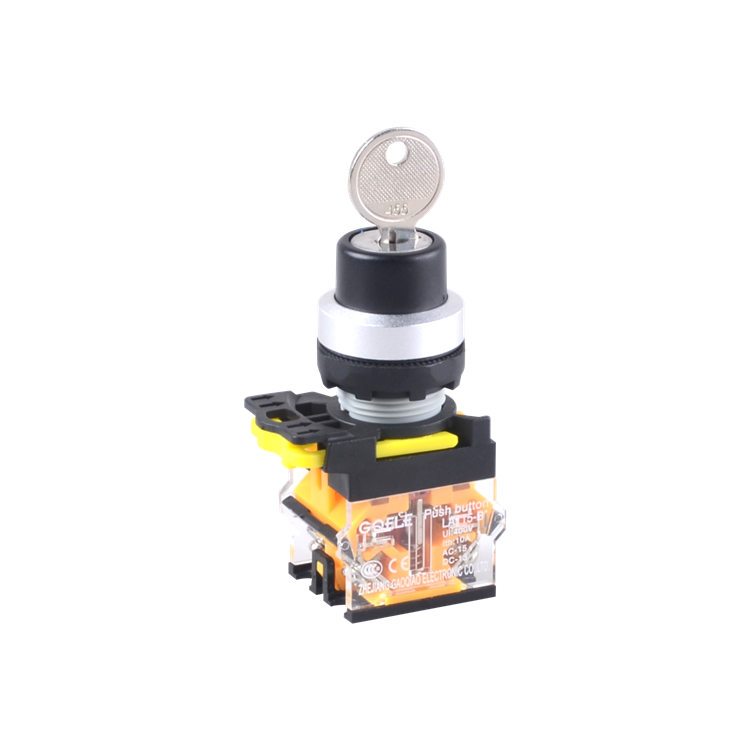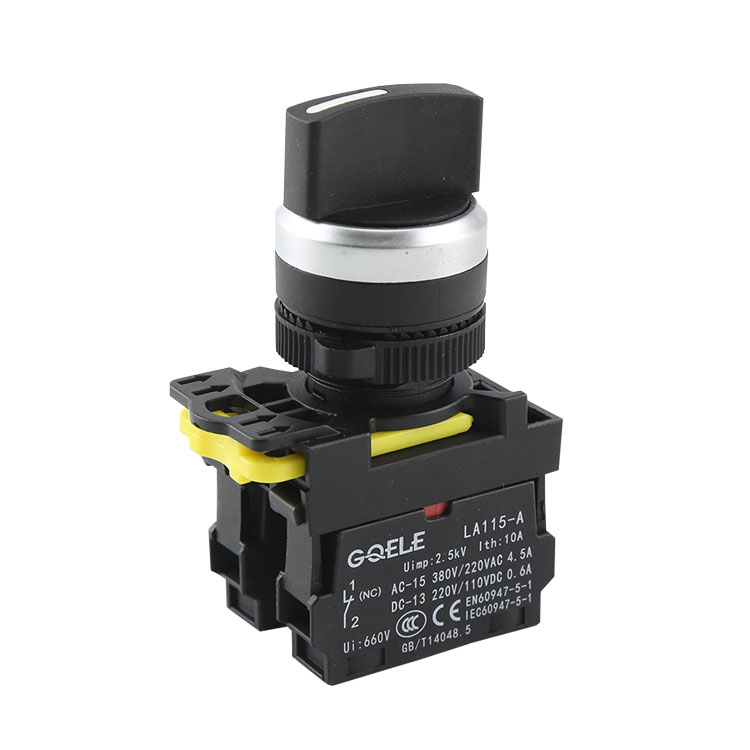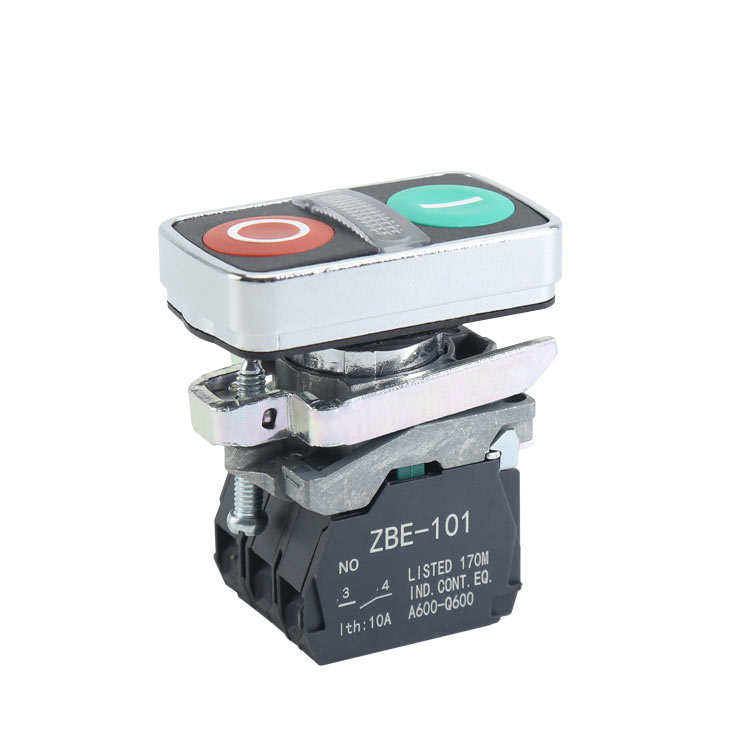
LA115-B2-11Y High Quality 1NO&1NC 2-postition Locking Key-operated Key Selector Push Button With Round Aluminum Head

LA115-C-11YA push button

GL-16HA10-S Metal push button

LA115-A1-11H High Quality 1NO & 1NC Momentary Extended Push Button With Round Shape Green Head And Without Light

LA115-A5-11X Illuminated Latching Selector Switch

LA115-A1-11MD 1NO&1NC Momentary Illuminated Mushroom Push Button Switch With Red Light

LA115-B5-11EH 1NO&1NC Φ30 Momentary Extended Flush Push Button With Round Shape Green Head And Without Light

LA115-N-11M

LA115-B1-11CXD

LA115-K-11Y High Quality 1NO&1NC 2-position Maintained Key Control Keylock Selector Push Button With Round Head & No Light

Flush push button 22mm green pilot button indicator light switch GXB2-BA3341

AL50E-G-31D Green Φ50 AC220V LED Signal Tower Light Layer With Green Light











